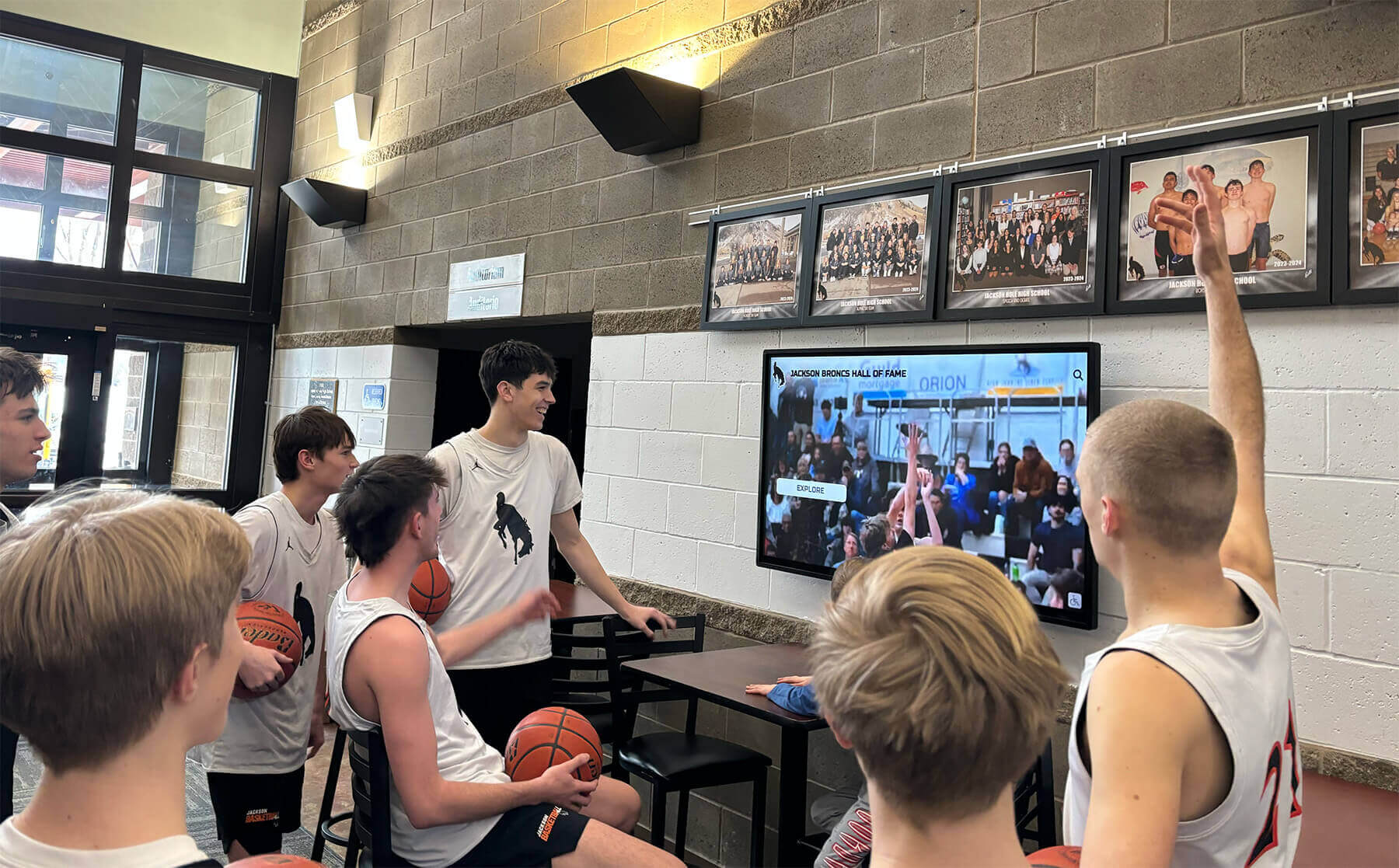American hockey has evolved from humble beginnings into a powerhouse on the international stage, producing legendary moments, exceptional players, and a grassroots development system that reaches communities across the nation. From the Miracle on Ice to modern Olympic gold medals, from small-town rinks to professional arenas, USA Hockey’s history reflects dedication, innovation, and the transformative power of sport in American culture.
Whether you’re a passionate hockey fan, a youth program administrator, or an organization looking to celebrate hockey excellence and tradition, this guide provides insights into American hockey’s remarkable journey and how modern recognition solutions preserve and honor these achievements for current and future generations.
The Early Years: Amateur Hockey Takes Root in America
Ice hockey arrived in the United States in the late 19th century, brought by Canadian immigrants and students who introduced the fast-paced winter sport to American communities with frozen ponds and indoor ice facilities.
Hockey’s Introduction to American Soil
The first recorded ice hockey game in the United States took place in 1893 at Yale University, when a team of tennis players decided to try the Canadian winter sport during their off-season. The game quickly spread to other northeastern colleges and prep schools, where students embraced hockey’s combination of speed, skill, and physicality.
By the early 1900s, hockey had established footholds in northern states including Minnesota, Michigan, Massachusetts, and New York. Indoor ice arenas began appearing in major cities, enabling year-round play and accelerating the sport’s development. Amateur hockey clubs formed throughout these regions, creating competitive opportunities that attracted athletes and spectators alike.
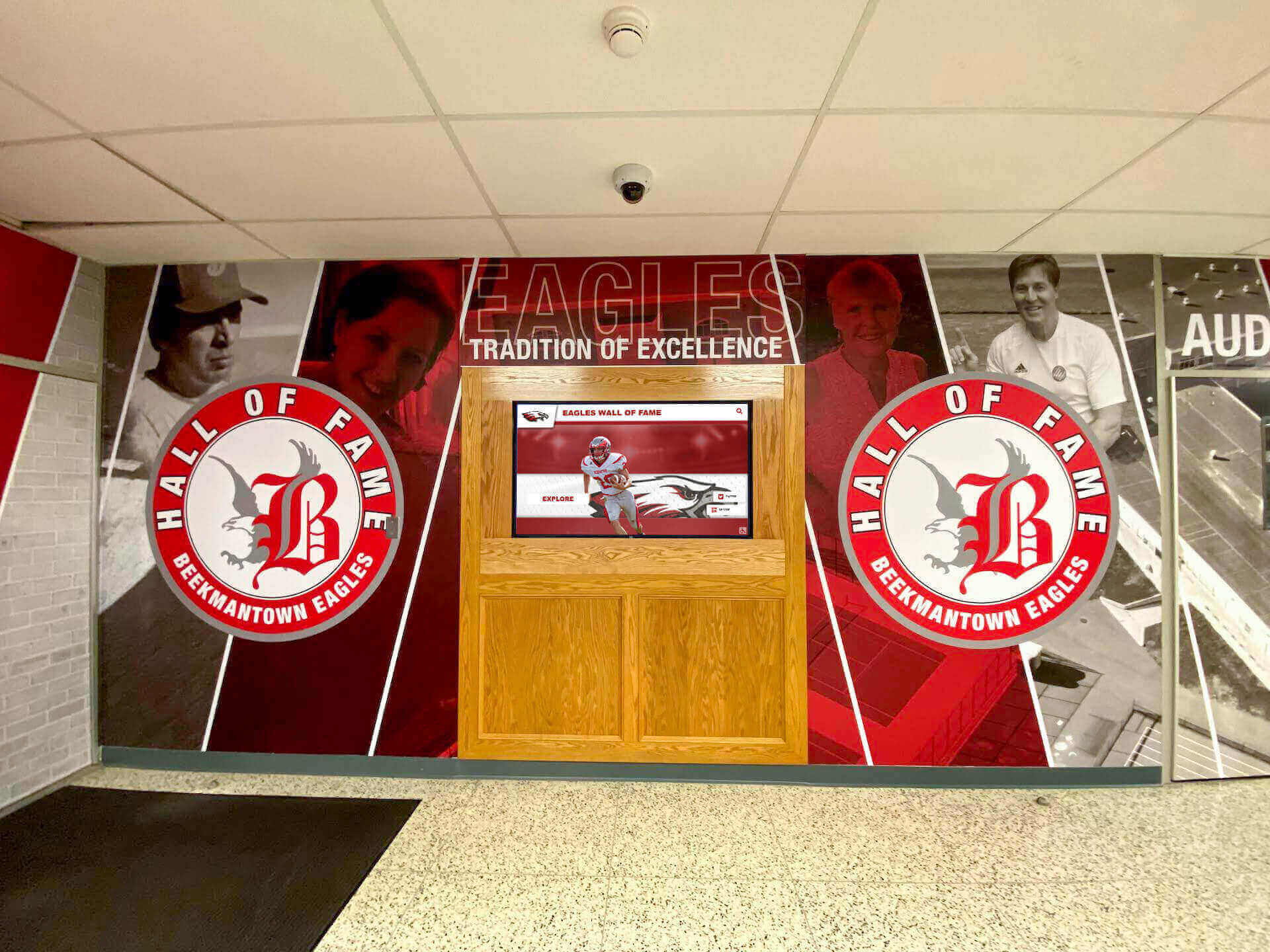
The formation of amateur leagues provided structure for competitive play. The American Amateur Hockey League, established in 1896 in New York City, represented one of the earliest organized competitions. These early leagues featured club teams rather than school-based programs, with players competing for trophies and regional bragging rights rather than professional salaries.
The Need for National Organization
As hockey’s popularity grew across diverse regions, the lack of unified governance created inconsistencies in rules, eligibility standards, and competitive structures. Different leagues operated under varying interpretations of Canadian rules, making inter-league competition difficult and preventing American teams from participating effectively in international competitions.
The 1920 and 1924 Olympic Games included ice hockey as a medal sport, but American participation proved disorganized and largely unsuccessful. International competitions demanded unified national teams representing entire countries rather than regional clubs, creating pressure for American hockey to establish formal national governance.
Formation of USA Hockey (1937)
In response to these challenges, hockey leaders from across the United States gathered to establish the Amateur Hockey Association of the United States (AHAUS) on October 29, 1937. The organization aimed to promote amateur hockey development, standardize rules and eligibility standards, oversee national championships, and select and manage United States Olympic and international teams.
AHAUS provided the organizational structure American hockey needed to compete internationally and develop systematically across the country. The organization affiliated with the International Ice Hockey Federation (IIHF), enabling American teams to participate in world championships and Olympic competitions under unified representation.
Building the Foundation: 1940s-1960s
The decades following USA Hockey’s formation saw gradual growth in participation and occasional international success, though American teams generally competed behind dominant Canadian, Soviet, and European programs.
Post-War Hockey Development
Following World War II, hockey participation expanded as returning servicemen introduced the sport to communities across the country. The construction of indoor ice facilities accelerated, making hockey accessible beyond naturally frozen northern regions. Youth programs began emerging, creating pathways for young Americans to learn hockey fundamentals and progress through organized competition levels.
The establishment of high school hockey programs in Minnesota, Massachusetts, Michigan, and other northern states created infrastructure for youth development. These programs provided competitive opportunities and coaching that developed skills while fostering community identity and school pride. Many communities embraced high school hockey as winter’s premier sport, creating traditions that persist today.
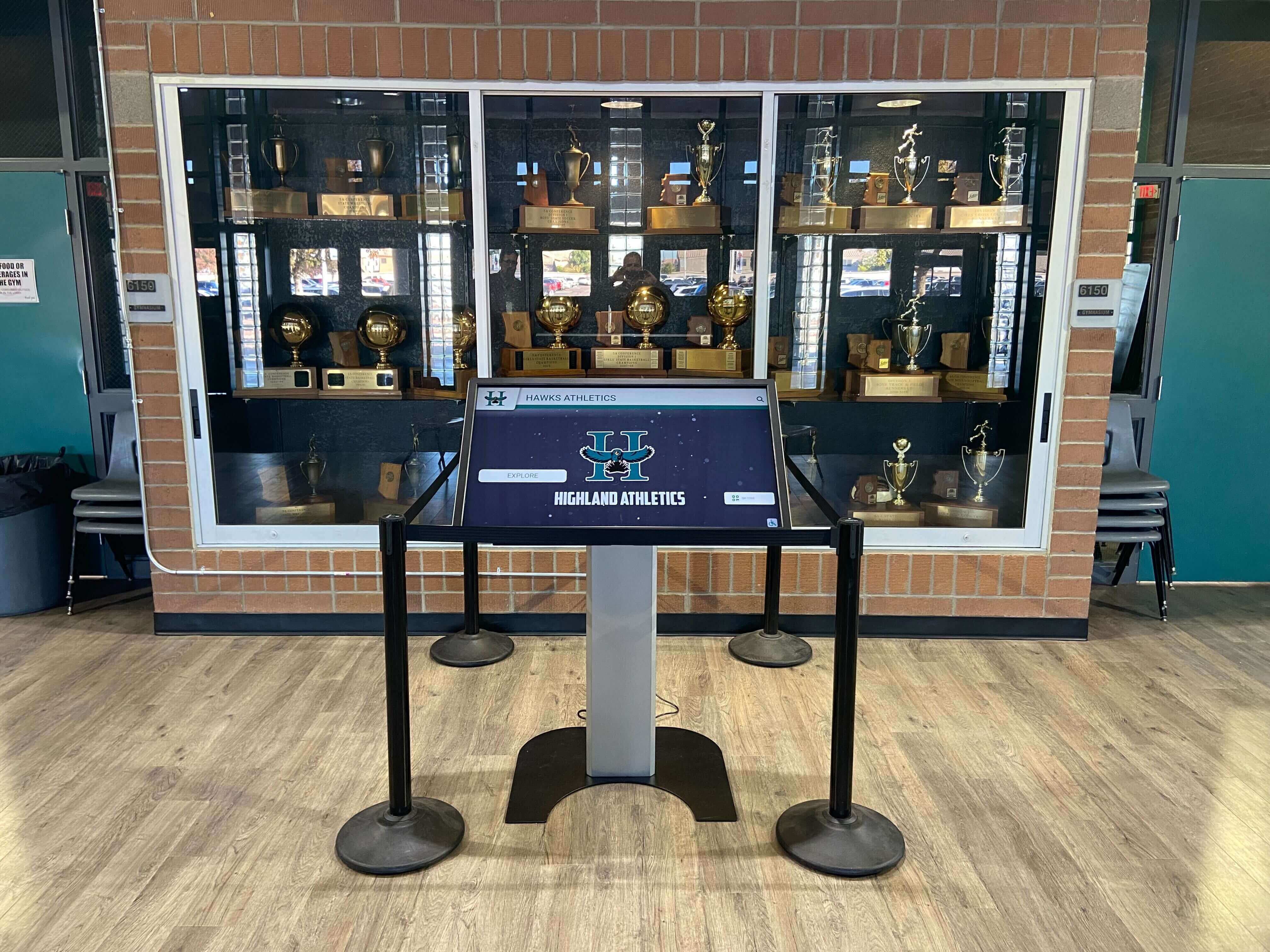
Early International Competitions
American teams participated in Olympic hockey and world championships through this era with mixed results. The 1960 Winter Olympics in Squaw Valley, California, provided a breakthrough moment when the United States defeated Canada, the Soviet Union, and Czechoslovakia to capture the gold medal—America’s first Olympic hockey championship since 1936.
The 1960 victory demonstrated that American players could compete with international powers when properly prepared and coached. Team members including goaltender Jack McCartan and forward Bill Christian became national heroes, inspiring young Americans to pursue hockey excellence. The triumph validated USA Hockey’s developmental efforts while highlighting the potential for American hockey to achieve international success.
Collegiate Hockey’s Emergence
College hockey programs expanded significantly during this period, particularly in the Northeast and Upper Midwest. The NCAA began sponsoring men’s ice hockey championships in 1948, providing elite amateur competition for college-aged players. Schools including Michigan, Minnesota, Boston University, and Denver established powerhouse programs that attracted top young American players and competed for national championships.
Collegiate hockey provided crucial development opportunities between youth programs and professional leagues. Players received high-level coaching, competed regularly against skilled opponents, and balanced athletic development with education—a combination that produced well-rounded players prepared for professional careers or international competition.
The Miracle on Ice: 1980 and American Hockey’s Defining Moment
No event in American hockey history resonates more profoundly than the 1980 Olympic Games in Lake Placid, New York, where a team of college players achieved what many considered impossible.
Building the 1980 Olympic Team
Herb Brooks, the demanding University of Minnesota coach, was selected to lead the 1980 United States Olympic team. Brooks implemented a rigorous selection process, ultimately choosing 20 players—primarily college students—who would compete against the world’s best professional and national team programs.
The team Brooks assembled featured talented players including goaltender Jim Craig, defenseman Mike Ramsey, and forwards Mike Eruzione, Mark Johnson, and others who had excelled in college hockey. However, none had professional experience, and few observers believed this collection of amateurs could compete seriously for medals against powerhouse Soviet, Czech, and Scandinavian programs.

Brooks subjected his team to grueling training and conditioning regimens designed to prepare them physically and mentally for Olympic competition. He developed a hybrid playing style combining North American and European approaches, emphasizing speed, conditioning, and tactical flexibility. The preparation proved controversial—players found Brooks’ demanding methods difficult—but ultimately created unity and resilience that would prove essential.
The Tournament Run
The 1980 Olympic hockey tournament format placed the United States in a preliminary group where they needed strong performances to advance to the medal round. The Americans exceeded expectations by winning or tying their preliminary games, advancing to face the top teams competing for medals.
The Soviet Game
The Soviet Union entered the 1980 Olympics as overwhelming favorites, having dominated international hockey for years through professional-level national team programs. Just days before the Olympics, the Soviets defeated an NHL All-Star team 6-0, demonstrating their superiority over North America’s best professionals and reinforcing assumptions that the amateur American team had no chance.
On February 22, 1980, the United States faced the Soviet Union in what was expected to be a routine Soviet victory. Instead, the Americans matched the Soviets through a thrilling, back-and-forth contest. Goaltender Jim Craig made spectacular saves, keeping the Americans competitive despite being outshot significantly. Forward Mark Johnson scored twice, including a crucial goal with one second remaining in the first period.
The game remained tied 3-3 entering the third period when team captain Mike Eruzione scored what would prove to be the winning goal with exactly 10 minutes remaining. Craig and the American defense held on through relentless Soviet pressure, preserving the 4-3 victory that stunned the hockey world.
Broadcaster Al Michaels’ famous call—“Do you believe in miracles? YES!"—captured the moment’s emotion and improbability. The victory represented more than athletic achievement; in the context of Cold War tensions, it symbolized American resilience and captured a nation’s imagination.
Completing the Gold Medal Run
The victory over the Soviets didn’t guarantee a medal—the Americans still needed to defeat Finland in their final game to secure gold. In a less-celebrated but equally important performance, the United States overcame a 2-1 deficit to defeat Finland 4-2, completing the improbable gold medal run.
The Miracle on Ice transformed American hockey by demonstrating that American players could compete with and defeat the world’s best. The victory inspired an entire generation to pursue hockey, accelerated youth program development nationwide, and established hockey as a mainstream American sport rather than regional niche activity.
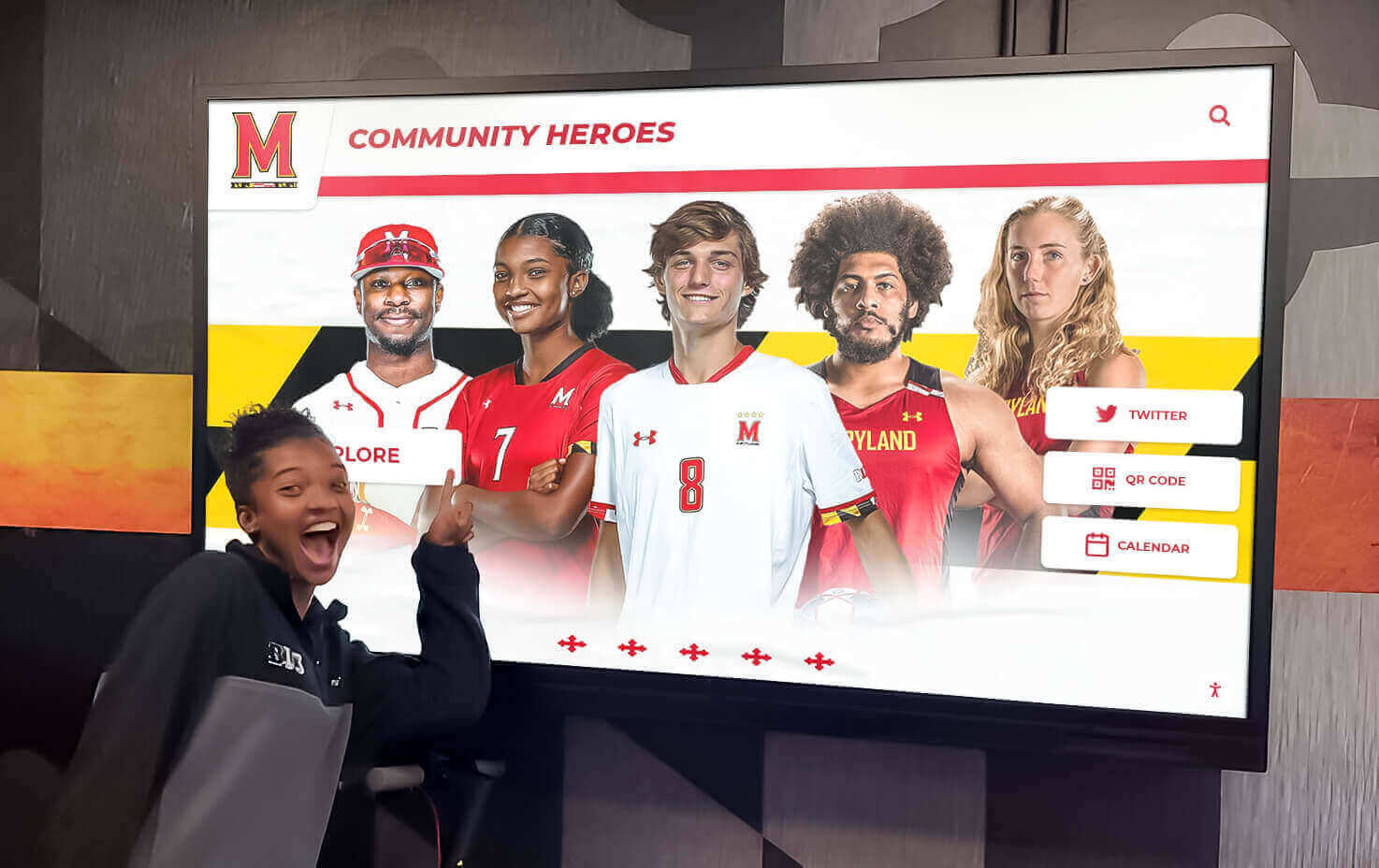
Many team members enjoyed successful professional careers after 1980, with several playing for NHL teams. More importantly, they became ambassadors for American hockey, conducting clinics, inspiring youth programs, and demonstrating the possibilities of hockey excellence in America.
Post-1980 Growth and Development
The Miracle on Ice catalyzed unprecedented growth in American hockey participation and infrastructure.
Youth Hockey Expansion
Youth hockey registrations exploded following the 1980 Olympics as parents enrolled children in programs and communities invested in rink construction. USA Hockey’s registered players increased from approximately 150,000 in 1980 to over 400,000 by the mid-1990s, with growth continuing into the 21st century. By 2020, USA Hockey membership exceeded 700,000 registered players, coaches, and officials.
This expansion wasn’t limited to traditional northern strongholds. Hockey programs emerged in southern and western states including Texas, California, Arizona, and Florida, where modern refrigeration technology made ice facilities viable despite warm climates. This geographic diversification strengthened American hockey by expanding talent pools and introducing the sport to diverse populations.
USA Hockey implemented systematic development programs organizing youth hockey into age-appropriate levels with progressive skill development. The organization established coaching education programs, officiating training, and safety initiatives that improved program quality nationwide. These structural improvements helped ensure that increased participation translated into improved player development.
Women’s Hockey Development
Women’s hockey experienced remarkable growth during this period. USA Hockey established women’s national team programs in the 1990s, providing elite competitive opportunities for female players. The first Women’s World Championship occurred in 1990, and women’s hockey became an Olympic sport at the 1998 Nagano Games.
The United States women’s national team quickly established itself among international powers, regularly competing with Canada for world championship and Olympic gold medals. American women won gold at the 1998 Olympics and have captured numerous world championships, inspiring girls across the country to pursue hockey excellence.
Girls’ youth hockey registrations grew exponentially as opportunities expanded. By 2020, USA Hockey had more than 85,000 registered female players—up from just a few thousand in 1990—demonstrating women’s hockey’s transformation from novelty to established pathway for athletic achievement and scholarship opportunities.

Professional Hockey’s American Expansion
The NHL expanded significantly following 1980, adding teams in American markets including San Jose, Anaheim, Tampa Bay, Nashville, and others. This expansion increased professional hockey’s visibility in new regions while creating additional career opportunities for American players. The presence of local NHL teams inspired youth participation and created pathways for aspiring players to see hockey as viable career possibility.
American players increasingly succeeded in the NHL, with more reaching All-Star status and winning league honors. This success validated USA Hockey’s development programs and demonstrated that American-developed talent could compete at hockey’s highest professional level.
Olympic Success Continues: 1998-2018
Following the 1980 breakthrough, American Olympic teams achieved additional successes across both men’s and women’s competitions.
Women’s Olympic Dominance
The United States women’s hockey team won gold at the inaugural Olympic women’s tournament in Nagano (1998), defeating Canada 3-1 in the final. This victory established the rivalry between the United States and Canada that has defined women’s international hockey for decades.
American women captured silver medals at the next four Olympic Games (2002, 2006, 2010, 2014), consistently reaching finals but falling to Canada in each championship game. This pattern created frustration but also demonstrated consistent elite-level performance.
The 2018 PyeongChang Olympics provided redemption when the United States defeated Canada in a thrilling shootout to reclaim Olympic gold after a 20-year drought. The victory featured dramatic moments including Jocelyne Lamoureux-Davidson’s spectacular shootout goal and goaltender Maddie Rooney’s clutch saves. The triumph validated years of development program investment and inspired the next generation of American female players.
Men’s Olympic Competitions
Men’s Olympic hockey became complicated in 1998 when the NHL began sending professional players to represent their countries. American teams featuring NHL stars competed in subsequent Olympics with varying success, capturing silver in 2002 and 2010 but also experiencing disappointing early exits in other tournaments.
The absence of NHL players at the 2018 PyeongChang Olympics returned Olympic hockey to amateur and minor professional players. The format will continue evolving as NHL participation decisions change, affecting team composition and competitive levels.
Development Programs and Pathways
USA Hockey has implemented comprehensive programs creating clear pathways from beginner to elite levels.
Youth Development Model
USA Hockey’s American Development Model (ADM) emphasizes age-appropriate training, skill development over winning at young ages, increased practice-to-game ratios, cross-ice and small-area games for younger players, and seasonal rather than year-round hockey participation to prevent burnout.
This approach, based on research into long-term athletic development, aims to create more skilled, creative players while making hockey more enjoyable and sustainable for young participants. The ADM represents a philosophical shift from traditional approaches that emphasized winning and specialization at young ages.

National Team Development Program
The USA Hockey National Team Development Program (NTDP), established in 1996 in Ann Arbor, Michigan, provides elite 16-18 year old players with world-class training, education, and competition. The program features Under-17 and Under-18 teams competing against college and international opponents while players attend high school and receive specialized hockey development.
The NTDP has produced numerous NHL players and Olympians including Patrick Kane, Phil Kessel, Auston Matthews, and many others who credit the program with accelerating their development. The program’s success demonstrates the value of centralized elite development for America’s best young prospects.
Collegiate Hockey Pathways
NCAA Division I, II, and III hockey programs across the country provide opportunities for players to compete at high levels while pursuing education. Division I programs increasingly feature American-developed players competing for national championships and preparing for professional careers.
The college pathway uniquely combines athletic development with education, creating opportunities for players to mature physically and mentally while competing against top competition. Many American Olympians developed through college programs, demonstrating the pathway’s effectiveness.
Notable American Hockey Players and Legends
Throughout USA Hockey’s history, exceptional individuals have elevated American hockey through their achievements and leadership.
Olympic Heroes
Beyond the 1980 Miracle on Ice team, American Olympic hockey has featured numerous standout performers. Women’s hockey pioneers including Cammi Granato, Angela Ruggiero, and Julie Chu helped establish women’s hockey while achieving international success. More recent stars including Hilary Knight, Kendall Coyne Schofield, and Amanda Kessel continue this tradition.
Men’s Olympic teams have featured NHL stars including Brian Leetch, Chris Chelios, Mike Modano, Jonathan Quick, and Patrick Kane, who have represented the United States with distinction across multiple tournaments.
NHL Legends
American players have increasingly dominated the NHL. Mike Modano became the highest-scoring American-born player in NHL history, demonstrating that American-developed talent could achieve sustained excellence. Defensemen including Brian Leetch and Chris Chelios won Norris Trophies as the league’s best defenseman. Goaltenders including Jonathan Quick, Ryan Miller, and John Vanbiesbrouck achieved All-Star status.
Recent generations have produced even greater American NHL success. Patrick Kane and Auston Matthews represent the elite tier of current NHL players, demonstrating that American development programs now produce talent comparable to traditional hockey powers.
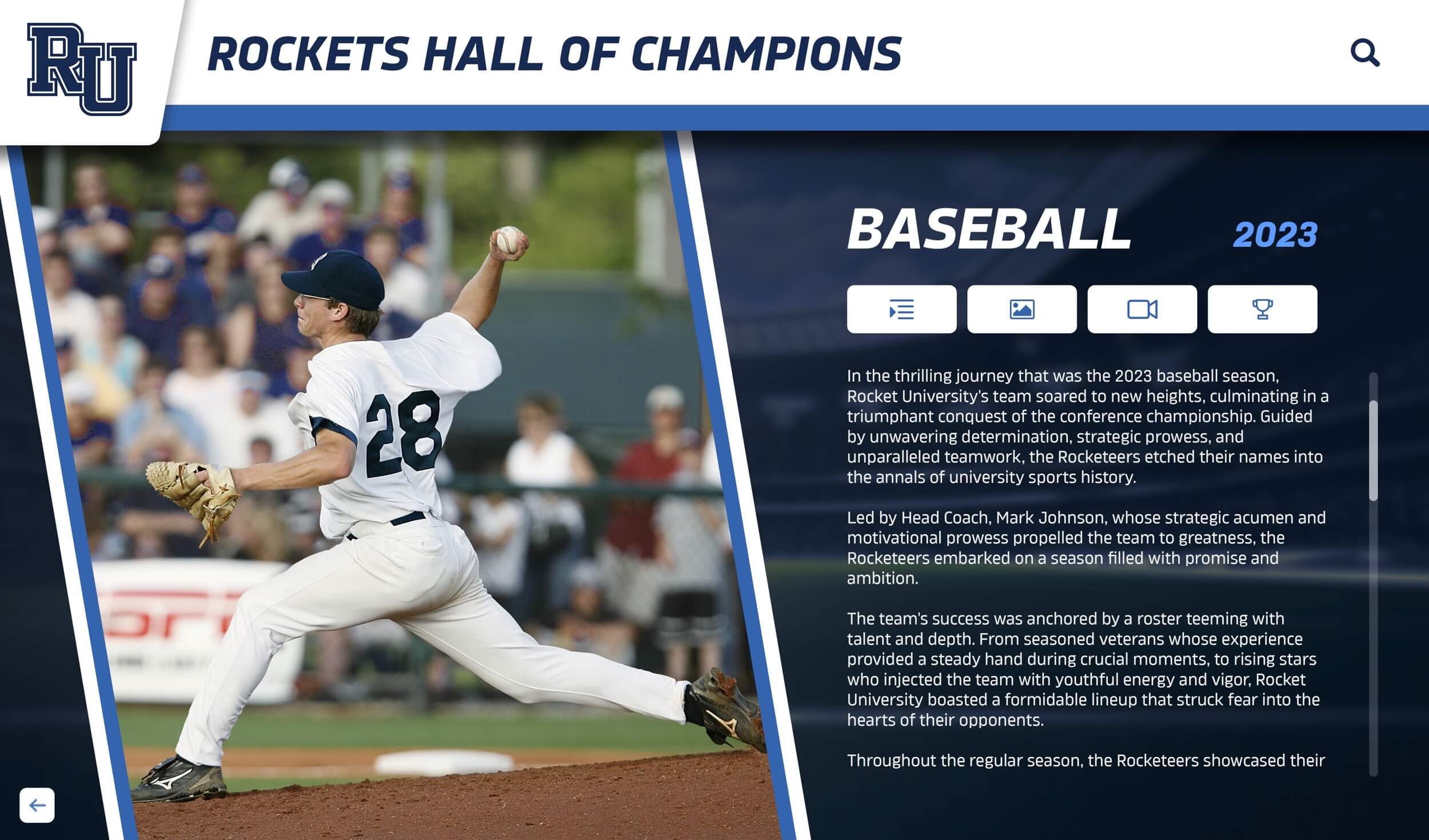
Coaching Legends
American coaches have shaped hockey’s evolution both domestically and internationally. Herb Brooks’ legacy extends far beyond 1980, as his coaching philosophy influenced subsequent generations. Ron Wilson, Peter Laviolette, John Tortorella, and others have achieved success coaching NHL teams. At the international level, American coaches have led national teams to world championship and Olympic success.
Regional Hockey Cultures in America
Hockey’s development has created distinct regional cultures across the United States, each contributing unique characteristics to American hockey.
Minnesota: The State of Hockey
Minnesota has long claimed the title “State of Hockey” based on its deep hockey culture, high participation rates, and production of elite players. The state’s tradition of outdoor hockey on frozen ponds and lakes, combined with highly competitive high school hockey tournaments, has created a unique hockey environment that produces NHL players at rates comparable to Canadian provinces.
Minnesota’s high school hockey tournament attracts massive crowds to the state championship, demonstrating hockey’s cultural importance. Many of the 1980 Olympic team members came from Minnesota, as have numerous NHL stars including Phil Housley, Zach Parise, and Nick Bjugstad.
Massachusetts and New England
Massachusetts and the broader New England region represent another traditional American hockey stronghold. College hockey dominates this region, with schools including Boston University, Boston College, Harvard, and others maintaining storied programs. The Beanpot tournament among Boston-area schools creates annual excitement rivaling professional sports.
High school hockey in Massachusetts features intense competition and proud traditions. The region has produced numerous NHL players and Olympians while maintaining passionate fan bases for both college and professional hockey.
Michigan and the Great Lakes
Michigan’s hockey tradition rivals Minnesota’s in depth and player production. The state features strong high school, college, and youth programs centered around Detroit’s professional hockey history. Michigan has produced notable NHL players including Mike Modano, Pat LaFontaine, and many others.
The Great Lakes region more broadly—including Wisconsin, Illinois, and parts of Ohio—has developed significant hockey infrastructure supporting youth through professional levels.
Emerging Regions
Non-traditional hockey regions including the South and West have developed programs producing NHL players. Auston Matthews from Arizona, Matthew Tkachuk from St. Louis, and Seth Jones from Texas demonstrate that elite American hockey talent now emerges from diverse geographic areas rather than exclusively from traditional northern strongholds.
This geographic expansion strengthens American hockey by broadening talent pools and introducing the sport to diverse populations who might not have historically accessed hockey opportunities.
Preserving Hockey Heritage Through Recognition Programs
Organizations across American hockey implement recognition systems that honor achievement, preserve history, and inspire future generations.
The Value of Hockey Recognition
Recognition programs serve crucial purposes including preserving institutional history and player achievements, inspiring current players through examples of past excellence, strengthening alumni connections to programs, supporting fundraising and development initiatives, and enhancing facility experiences for visitors and recruits.
For hockey organizations at every level—from youth programs to Olympic teams—recognition creates tangible connections between past achievement and current aspirations. Digital recognition platforms make sophisticated recognition accessible to programs regardless of size or resources.
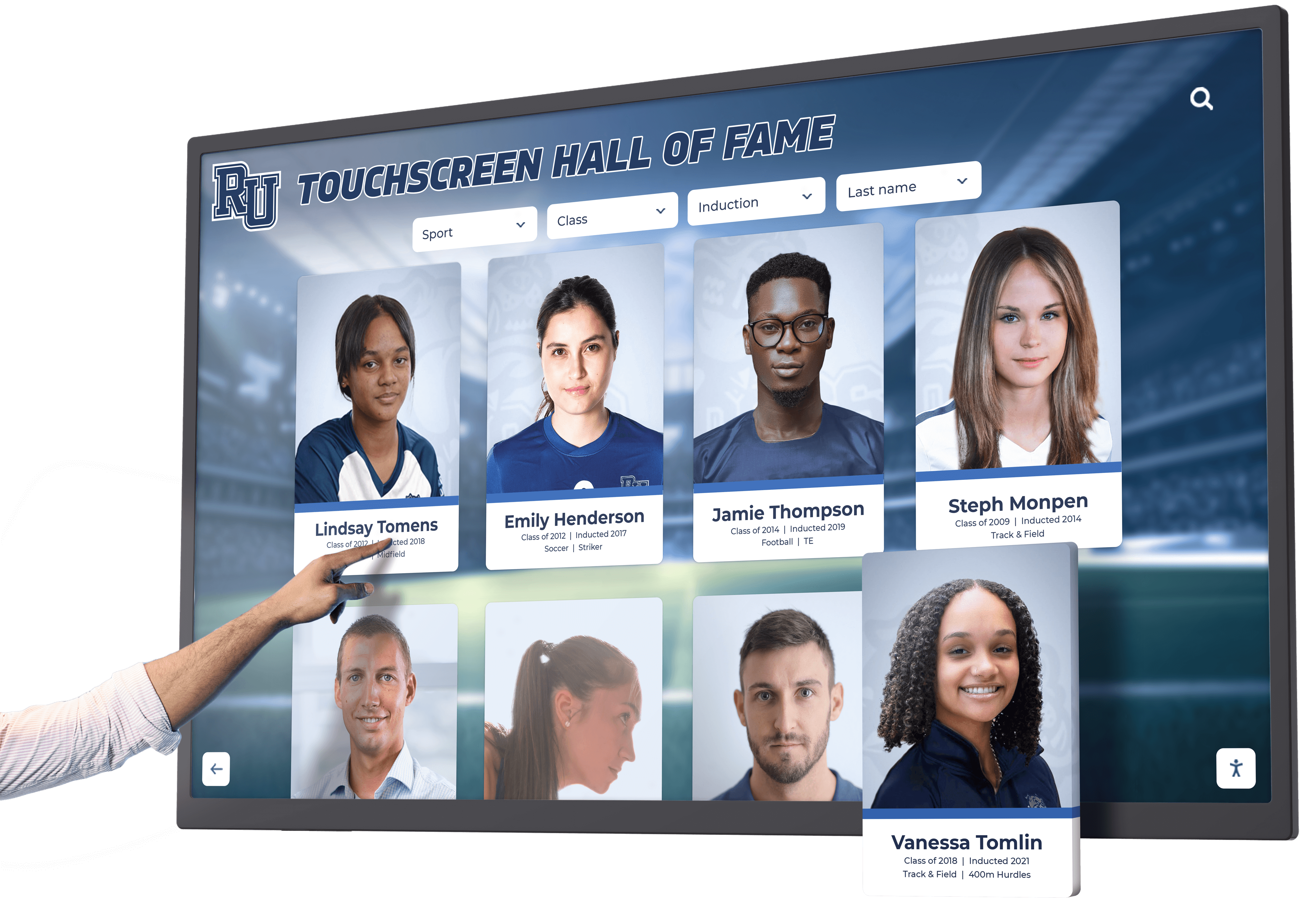
Modern Recognition Solutions for Hockey Programs
Traditional trophy cases and plaques have space limitations that restrict recognition capacity. Modern digital recognition systems transform how hockey organizations celebrate achievement through unlimited capacity for player profiles, team histories, and championship documentation, multimedia integration including photos, videos, and statistics, searchable databases enabling visitors to find specific players or seasons, easy content updates through cloud-based management systems, and engagement analytics revealing how visitors interact with historical content.
Solutions like Rocket Alumni Solutions provide platforms specifically designed for sports recognition applications, enabling hockey programs to create comprehensive digital archives celebrating history while engaging current participants. These systems prove particularly valuable for programs with extensive histories where decades of achievement create more content than traditional displays can accommodate.
Features of Effective Hockey Recognition Programs
Comprehensive hockey recognition includes detailed player profiles with statistics, achievements, and career narratives, team histories documenting championships and memorable seasons, milestone celebrations of program anniversaries and achievements, coaching recognition honoring leaders who shaped programs, facility history showing rink development and improvements, and multimedia content bringing history to life through photos and videos.
Interactive digital displays eliminate space constraints, enabling programs to recognize every deserving player and team appropriately. This comprehensive approach ensures no achievement is forgotten due to physical display limitations.
USA Hockey’s Impact on American Sports Culture
Beyond competitive results, USA Hockey has influenced American culture and identity in meaningful ways.
Building Community Identity
Hockey programs create community identity, particularly in northern regions where high school hockey tournaments attract entire towns and generate civic pride. These traditions strengthen community bonds while providing shared experiences connecting generations.
The sport’s accessibility through youth programs provides opportunities for families to participate together, creating memories and relationships extending beyond competitive outcomes. Many adults remain involved in hockey through coaching, officiating, or supporting youth programs, maintaining lifelong connections to the sport.

Economic Impact
Hockey infrastructure including rinks, equipment manufacturers, leagues, and tournaments generates significant economic activity. Communities with strong hockey programs benefit from tournament hosting, which brings visitors requiring accommodations, dining, and other services. The sport creates employment for coaches, rink managers, officials, and others who support programs.
Character Development and Life Skills
USA Hockey emphasizes character development through hockey participation. The sport teaches teamwork, discipline, resilience, time management, and handling both success and failure—skills transferable to all life areas. Youth hockey programs explicitly incorporate character education, using sport as vehicle for developing well-rounded young people.
Challenges and Future Directions
Despite remarkable growth and success, American hockey faces ongoing challenges while pursuing continued development.
Accessibility and Cost
Hockey remains among the most expensive youth sports due to equipment costs, ice time fees, and travel expenses. This financial barrier potentially excludes talented players from lower-income families, limiting participation diversity and potentially losing players who might contribute to American hockey’s continued growth.
USA Hockey and various organizations have implemented programs providing equipment, subsidizing ice fees, and creating opportunities for underserved populations. Expanding these initiatives represents crucial work for making hockey accessible to all interested participants regardless of economic circumstances.
Diversity and Inclusion
Hockey has historically been predominantly white, particularly compared to other major American sports. Increasing racial and ethnic diversity strengthens hockey while making it more representative of American society. USA Hockey has implemented diversity initiatives, but substantial work remains to create truly inclusive environments welcoming to all participants.
The NHL’s Hockey Is For Everyone campaign and grassroots programs like Ice Hockey in Harlem demonstrate efforts to diversify hockey. Growing participation among diverse populations will strengthen American hockey while making it more culturally representative.
International Competition
Maintaining competitiveness with traditional hockey powers including Canada, Russia, Sweden, Finland, and Czech Republic requires continued investment in development programs. As other nations improve their programs and hockey expands globally, American hockey must innovate to maintain its competitive position.
Women’s hockey faces the particular challenge of maintaining parity with Canada, which has dominated recent Olympic competition. Continued investment in women’s development programs will determine whether American women can sustain elite international performance.
Youth Development Philosophy
Balancing competitive excellence with appropriate age-specific development remains an ongoing challenge. The American Development Model represents USA Hockey’s current approach, but implementing this philosophy consistently across thousands of independent programs with varying philosophies and resources proves difficult.
Conclusion: American Hockey’s Remarkable Journey
From humble beginnings in northeastern college games through the Miracle on Ice and modern Olympic successes, USA Hockey’s history reflects remarkable growth, watershed achievements, and ongoing evolution. The organization has successfully developed hockey from regional pastime to nationwide sport with participation exceeding 700,000 registered members and infrastructure supporting players from learn-to-skate levels through Olympic competition.
American hockey’s greatest achievements—the 1980 Olympic gold medal, women’s Olympic championships, world championship successes, and increasing NHL representation by American players—validate decades of development program investment and demonstrate that American hockey can compete with traditional powers. Beyond competitive results, hockey has enriched American culture by creating community traditions, teaching life skills, and providing opportunities for athletic achievement and personal growth.

Looking forward, American hockey’s continued success depends on maintaining development program quality, increasing accessibility and diversity, staying competitive internationally, and preserving the traditions and achievements that define the sport’s heritage. Modern recognition technology provides powerful tools for celebrating achievement while inspiring future generations.
For organizations seeking to honor hockey excellence and preserve program history, digital recognition systems offer practical solutions for creating engaging experiences that celebrate tradition while remaining accessible to modern audiences. Whether commemorating Olympic achievements, celebrating high school championships, or recognizing youth program accomplishments, platforms designed for sports recognition enable comprehensive programs that serve multiple audiences and objectives.
Ready to explore how digital recognition can help your hockey program celebrate excellence? From interactive displays showcasing player achievements to comprehensive online platforms accessible worldwide, modern solutions like Rocket Alumni Solutions provide practical approaches for preserving hockey tradition, engaging current participants, and inspiring future players through examples of sustained excellence.
